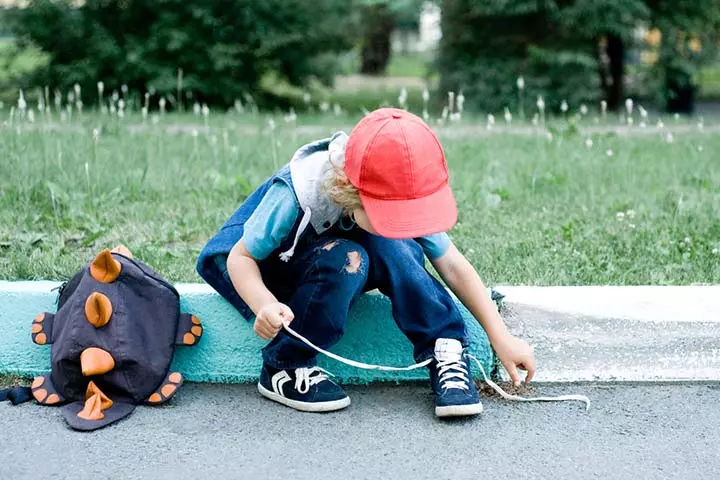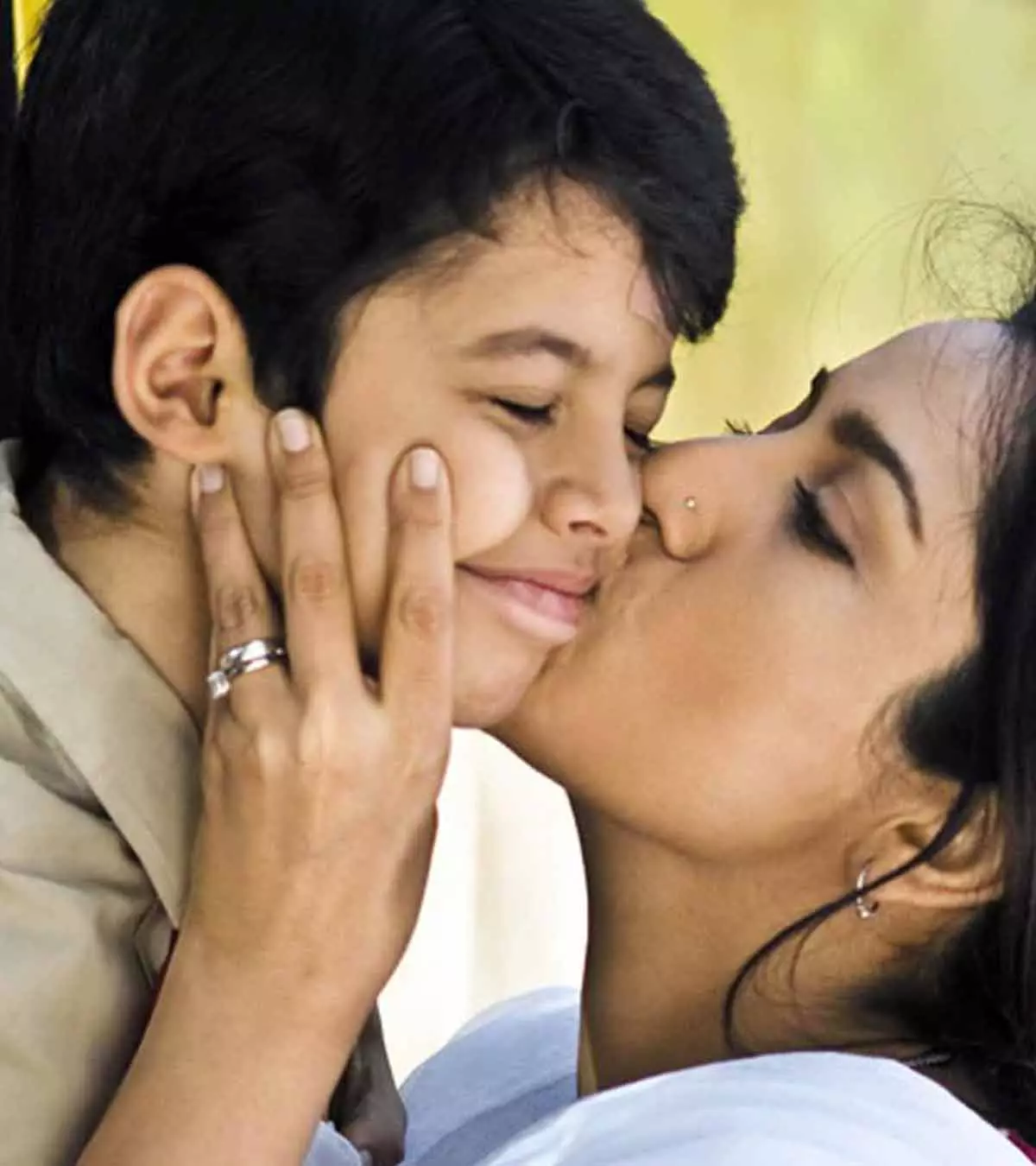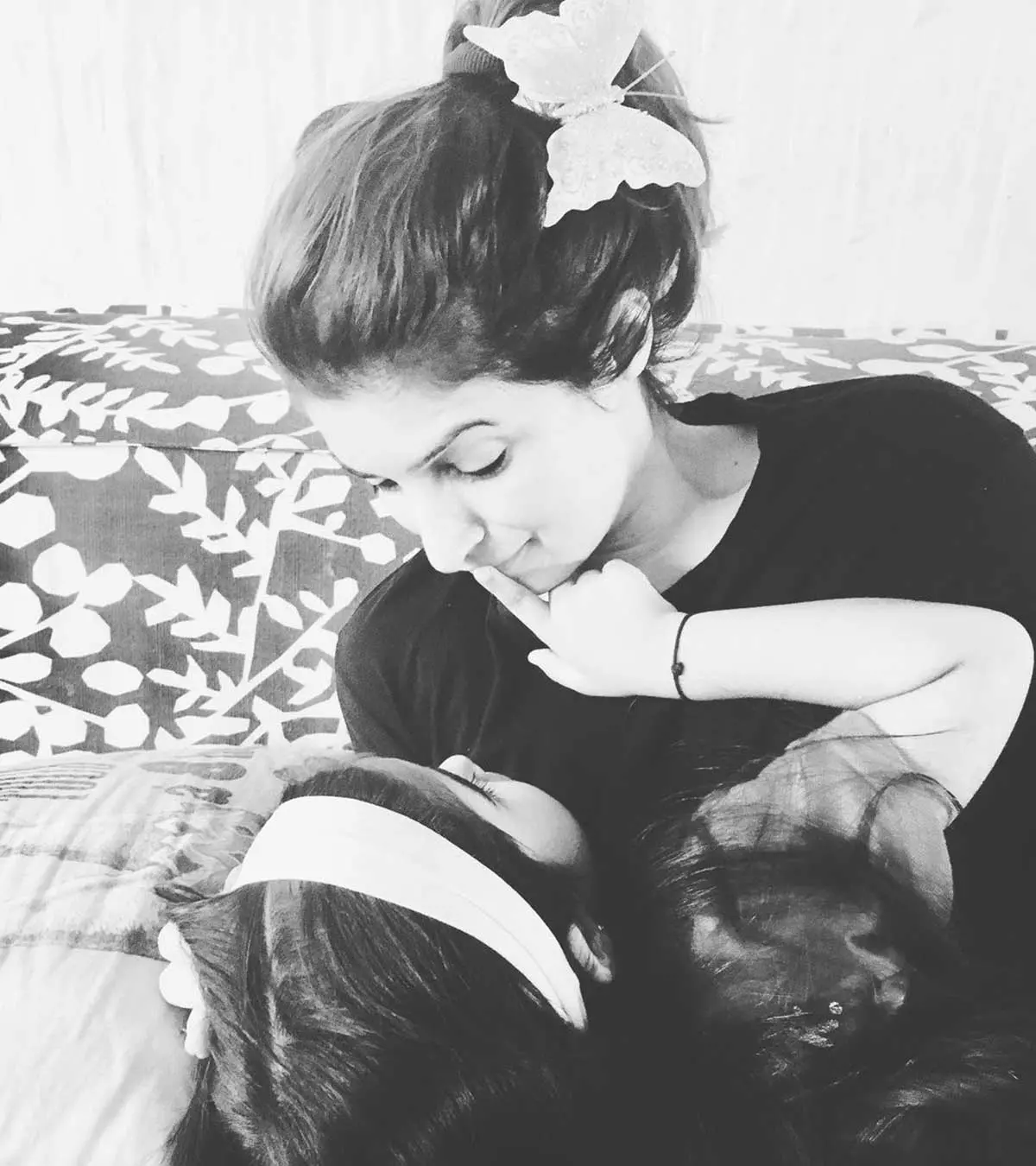

Image: Shutterstock
We’ve all heard about the terrible twos, but did you know it could continue to the threes, fours and fives? Toddlers can test your patience at times and they usually can’t help themselves. Most parents find it tiring and frustrating to deal with the tiny tots and all their antics at this period. Even the most docile baby can turn into a disagreeable, aggressive toddler. But why? And how do you discipline someone who loves saying “no” to all your suggestions? Unfortunately like everything else to do with parenting, there is no handbook on how to best discipline your little troublemaker. Until your child has a grasp on how to conduct themselves in socially acceptable ways, the tantrums are going to keep coming. During this phase, children are in the process of learning how to manage their emotions, and sometimes, they may struggle to control themselves. If you’re interested in understanding why your child finds it challenging to calm down during a tantrum and how you can address it, continue reading for more!

Why Can’t Your Kid Calm Down During A Tantrum?
Image: Shutterstock
Your child might find it tough to calm down during a tantrum because their brain is still growing. Our brain has two parts, one for feelings and another for thinking. The feeling part is more instinctual, making it hard to understand emotions. The thinking part helps us make good decisions and see things from others’ viewpoints.
When your little one has a tantrum, their emotional side takes over, and the thinking part struggles to balance their strong emotions because it’s still developing. That’s why it’s tough for them to see things from your perspective or calm down. It’s like the thinking part of their brain takes a break during a tantrum, so trying to talk sense to them won’t work.
Why Is Your Child Throwing A Tantrum?
Image: Shutterstock
To understand how to prevent or deal with tantrums we must first understand why your child is having one. There is usually only one reason for this behavior. Your child throws a tantrum when they don’t get what they want and their emotions overwhelm them. If your baby is around 1 or 2, this could be mainly because they can’t communicate well with you and resort to crying to get their needs met. If your little one isn’t so little, it’s probably a question of independence. Your baby has finally learnt to identify what they want and know how to ask for it. So, if they are still denied it, they get really upset. This doesn’t even have to be an object. Sometimes it’s an action they are unable to do by themselves. For example, they may get frustrated while trying to tie their shoelaces. They might need your assistance but don’t want to ask for it as they are exercising their independence.
Prevention Is The Best Solution
Image: Shutterstock
When it comes to dealing with tantrums, the best thing you can do is prevent one from ever occurring. Reinforcing positive behavior that your child exhibits is a great motivator for them to steer clear of the tantrum tracks. Little ones love to focus on the positives, so use this strategy to your advantage. Rather than reprimanding them about negative behavior, show approval when they practice positive behavior. One great way to avoid or get rid of unpleasant behavior is to teach your child what kind of behavior you want them to exhibit instead. This also means leading by example and sticking to your word. If they are not allowed to yell at people, neither are you. Shouting at your child for screaming will do nothing but confuse them. Instead show them how to interact with people appropriately and how to express their concerns in socially appropriate ways.
What To Do If The Tantrum Has Already Started?
Image: Shutterstock
Clutch your pearls and hope for the best. We’re kidding. There are things you can do to minimize the emotional meltdown your child is having. First, try removing them from the scene. If you are at home or in a store, go out and let them walk beside you or sit down until they get a hold of their emotions. If all else fails, distract! If your little one has already started to have an outburst, you can keep a bag full of goodies that may act as the potential solution to your problem. This trick works especially well if you’re in a public place. Say for example, you’re at the mall and your child throws a tantrum because they can’t get their hands on all the candy they see. Simply pull out the fun bag and hand them their favorite toy, book or snack in case they are hungry. A good way to stop a tantrum is to redirect your child’s attention and engage them in an alternative activity.
Dealing with tantrums may seem complicated but it doesn’t have to be. Now that you have a deeper understanding of why your child acts like they do, you’ll know what to do the next time a tantrum occurs. Happy parenting!
Community Experiences
Join the conversation and become a part of our nurturing community! Share your stories, experiences, and insights to connect with fellow parents.
















